Ciprian A. Corneanu
Towards explaining the generalization gap in neural networks using topological data analysis
Mar 23, 2022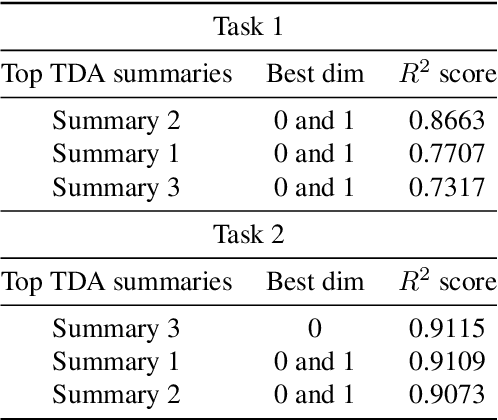
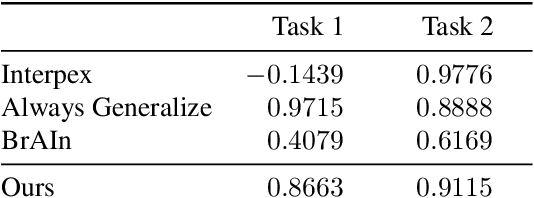
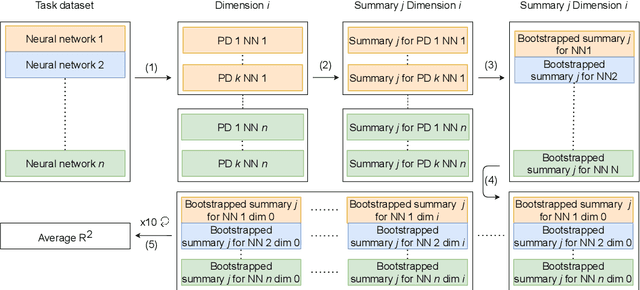
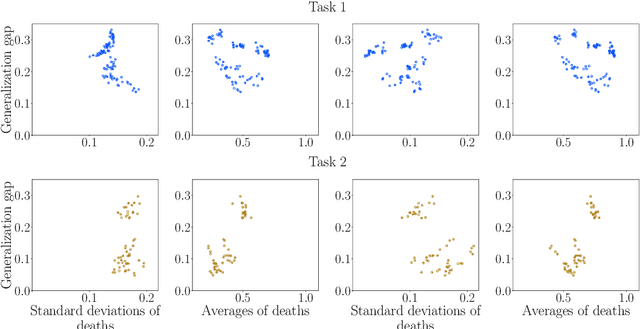
Abstract:Understanding how neural networks generalize on unseen data is crucial for designing more robust and reliable models. In this paper, we study the generalization gap of neural networks using methods from topological data analysis. For this purpose, we compute homological persistence diagrams of weighted graphs constructed from neuron activation correlations after a training phase, aiming to capture patterns that are linked to the generalization capacity of the network. We compare the usefulness of different numerical summaries from persistence diagrams and show that a combination of some of them can accurately predict and partially explain the generalization gap without the need of a test set. Evaluation on two computer vision recognition tasks (CIFAR10 and SVHN) shows competitive generalization gap prediction when compared against state-of-the-art methods.
Deep Structure Inference Network for Facial Action Unit Recognition
Mar 23, 2018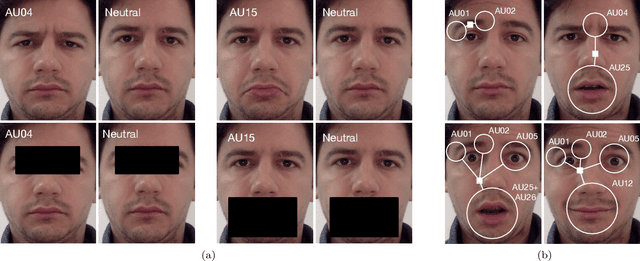
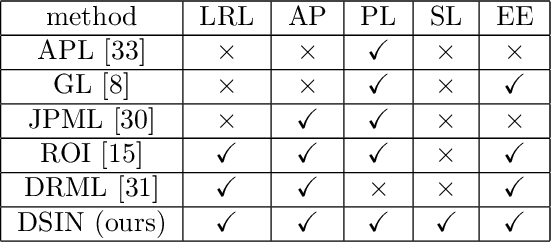
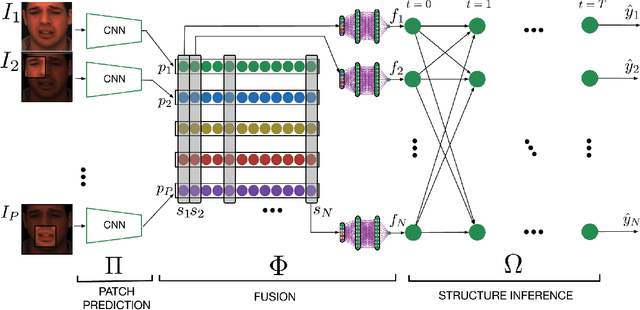
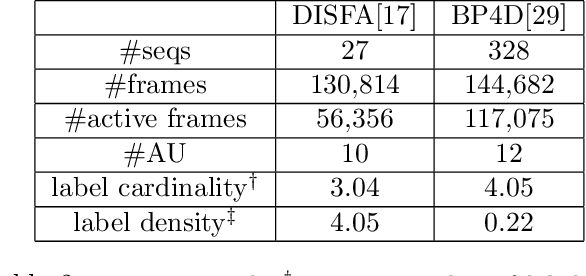
Abstract:Facial expressions are combinations of basic components called Action Units (AU). Recognizing AUs is key for developing general facial expression analysis. In recent years, most efforts in automatic AU recognition have been dedicated to learning combinations of local features and to exploiting correlations between Action Units. In this paper, we propose a deep neural architecture that tackles both problems by combining learned local and global features in its initial stages and replicating a message passing algorithm between classes similar to a graphical model inference approach in later stages. We show that by training the model end-to-end with increased supervision we improve state-of-the-art by 5.3% and 8.2% performance on BP4D and DISFA datasets, respectively.
 Add to Chrome
Add to Chrome Add to Firefox
Add to Firefox Add to Edge
Add to Edge